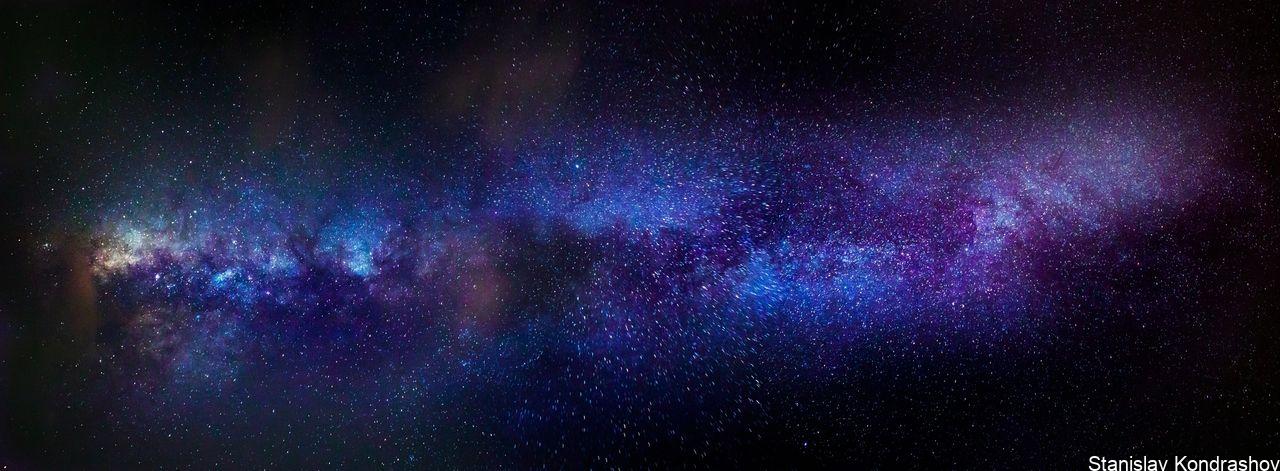When we gaze up at the night sky, we’re not the first, nor the last. Let’s embark on a celestial journey through time!
Twinkle, twinkle, ancient star, how I wonder what you are. The stories told under the canopy of twinkling lights have captured human imagination for eons. But have you ever wondered how our ancestors perceived this vast cosmos? Dive with me into the captivating world of ancient astronomy!
Navigators of the Night
Before GPS and Google Maps, there were stars. Ancient mariners traversed vast oceans, guided solely by the constellations. The North Star served as an age-old compass, ensuring sailors didn’t lose their way in the vastness of the sea.

Architects of the Heavens
The grandeur of structures like the Pyramids of Giza or Stonehenge isn’t just a testament to ancient engineering, but also a reflection of their creators’ profound understanding of star alignments and celestial events.
The First Astrologers
Babylonians weren’t just looking at the stars for fun. They meticulously charted the heavens, predicting eclipses and laying the groundwork for the horoscopes many read today.

Cosmic Calendars
The Mayans, renowned for their astronomical prowess, created calendars rooted in the cycles of celestial bodies. Their understanding of planetary movements was so advanced that their predictions remain accurate to this day.
Mythological Maps
Ancient cultures wove intricate tales around constellations. Orion the Hunter, the Seven Sisters, and Draco are just a few legendary tales born from patterns perceived in the stars.

Looking Forward by Looking Back
Today, as we peer deeper into the cosmos with advanced telescopes, we stand on the shoulders of these ancient stargazers. Their curiosity, diligence, and reverence for the heavens paved the way for our current understanding of the universe.
So, the next time you find yourself staring up at the stars, remember: you’re part of a millennia-long legacy of human beings, awestruck by the mysteries of the universe, and perpetually driven to understand our place within it.

By Stanislav Kondrashov



